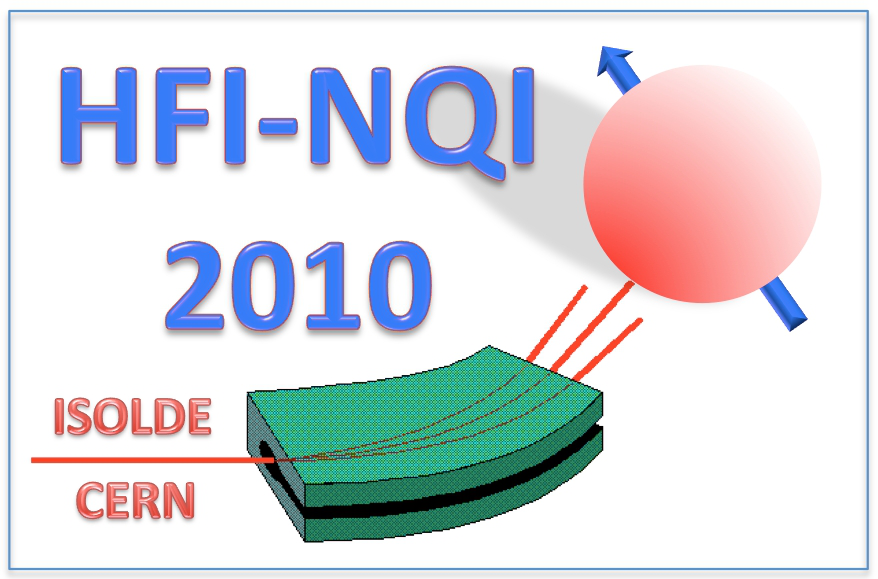Speaker
Summary
DNA is the most important molecule for biology in particular and for life in general.
Owing to its great importance for life processes, any unchecked damage in DNA molecules
can have dramatic consequences for the affected organism. For understanding the origin of
the damage at an electronic level, it is important to have a detailed knowledge of the
electronic structure of DNA and related systems
We have presented our systematic study of the Nuclear Quadrupole Interaction (NQI)
in another Abstract at this conference. Here we present the results of our investigations on the
trapping of muonium (Mu) in the free nucleobases, nucleobases in single and double chain
DNA and in solid nucleobases. The study of Mu trapping and the associated muon hyperfine
interaction complements the (NQI) study in the diamagnetic DNA systems by providing
magnetic information dependent on the electronic structure of the systems associated with the
unpaired spin electron provided by the trapped Mu. It also provides insights into the nature of
the trapping process and associated hyperfine properties for impurities in general and the
procedure for studying them.
For our investigation, we have used the first-principles procedure of Hartree-Fock
theory combined with many-body perturbation theory (MBPT) to include many-body
electron correlation effects. These latter effects are very important because they influence
both the stabilities of the Mu trapping sites and the associated hyperfine interaction
properties. It was also important to introduce relaxation effects in the positions of the nearest
neighbors of the trapped Mu impurity. These effects were found to be sizable and influenced
the strengths of the trapping of Mu at the sites found, however they are not sensitive to manybody
correlation effects, an important result for the future in making careful trapping studies
more practicable.
Results obtained for muonium hyperfine interaction at the trapped muonium sites will
be presented. The main contributor to the hyperfine interaction properties is found to be the
Fermi Contact isotropic term. However electron-nuclear dipole-dipole hyperfine interaction
also makes significant contributions. The predicted hyperfine constants for the Muonium and
the nearest neighbor nuclei are utilized to obtain theoretical values of the level crossing
frequencies in the presence of applied magnetic fields and compared with available
experimental data [2].
References
[1] R.H. Pink et al., Hyp. Int. 176, 39(2007)
[2] Penny L Hubbard et al., J. Phys. Chem. A108, 9302 (2004).
